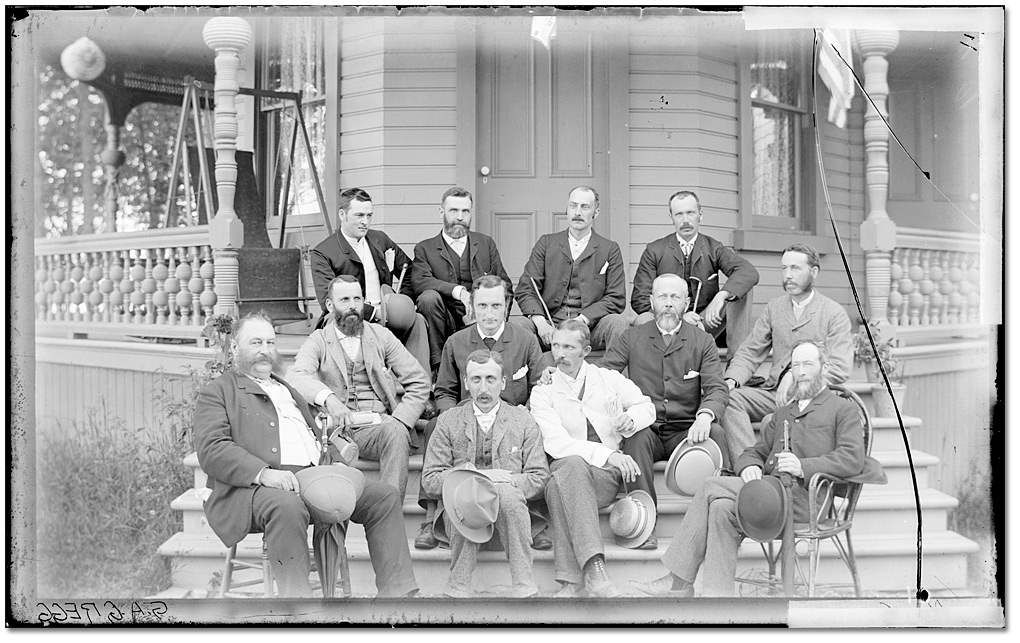The Toronto Society of Architects, known as the TSA, was established on October 3rd, 1887 under the name The Architectural Guild (1). The Guild’s minute books in the archives record that on this day an inaugural meeting was held with many of the city’s leading architects at the office of Toronto Architect W.G.Storm, a senior in the profession. Nine architects were present at that historic meeting. Membership was open to “any architect in actual practice in the city of Toronto.” The stated objectives of the Guild were approved at a meeting in the St. Charles Hotel, held January 12, 1888: to promote good fellowship among the members of the profession by social intercourse; to discuss subjects of general professional interest; to foster friendly criticism of one another’s work with the object of producing the best architectural results; to secure a better recognition of the profession by the general public; to raise a better recognition of the profession by the general public; to raise the standard of professional ethics. On February 7th, 1896 a by-law was passed that formed the Architectural Guild as the Toronto Chapter of the Ontario Association of Architects (OAA). This was the first Chapter of this kind to be established within the OAA, its regulatory parent organization. In the early years the Toronto Chapter continued in the Architectural Guild’s tradition of holding dinners and discussions about architectural issues. By 1976 the Toronto Chapter had formally changed its name to the Toronto Society of Architects.
Over its 128 year history the TSA has represented the growing number of architects residing in and around Toronto, advocating on their behalf on a range of issues affecting the architectural profession, including political, economic and cultural matters. The TSA has also continuously served as a network for Toronto architects, providing a platform for the discussion of architectural issues, and organizing professional development opportunities and networking events. The TSA has effectively lobbied civic governments, organised exhibitions, participated on civic improvement councils, published books and guides, assisted in the authorship of municipal by-laws, and helped to inform professional views on important public projects.
The TSA Archives Project communicates the story of the TSA’s founding and early years of architectural engagement and advocacy. Through a series of blog posts, the Archives Project seeks to provide insight to the great legacy of the organization, and celebrate the innovative work of the TSA and its members in shaping the architectural discourse and built reality of Toronto. Toronto is now in a critical period of growth and intensification, and is reaching its breaking point with respect to fundamental infrastructural systems such as transit and municipal services. In this context the TSA’s engagement is crucial now more than ever. By making the story of the organisation’s most impactful past initiatives known, the Archives Project hopes to inspire an equivalent urgency to address current issues in a thoughtful and lasting way in Toronto, in Ontario and beyond.
(1) Toronto Archives.
History Gallery
Members of the Toronto Architectural Guild meeting at the summer home of Edmund Burke at Long Branch in August 1888. Back row (left to right): Robert J. Edwards, William R. Gregg, John Gemmell, Henry J. Webster. Middle Row: Edmund Burke, William A. Langton, Henry Langley, Henry B. Gordon. Front Row: William George Storm, S. George Curry, Norman.B. Dick, James Smith. (Ontario Archives, Picture Collection, s-17199.)

